Science history is filled with moments that changed everything. A flash of insight in a bathtub, an accidental discovery in a laboratory, or a dream that revealed the structure of matter itself. These eureka moments didn’t just advance human knowledge—they revolutionized how we live, work, and understand our place in the universe. Behind each breakthrough lies a fascinating story of curiosity, persistence, and sometimes pure luck that transformed a simple observation into world-changing innovation.
The Apple That Started a Revolution

Isaac Newton’s legendary apple moment in 1666 remains one of the most iconic eureka stories in science. While sitting under an apple tree at his family’s farm in Woolsthorpe, the young Cambridge student watched an apple fall and began wondering why objects always fell straight down rather than sideways or upward.
This simple observation sparked Newton’s revolutionary understanding of gravity as a universal force. He realized that the same force pulling the apple to Earth was also keeping the moon in orbit around our planet. This insight led to his law of universal gravitation, fundamentally changing how we understand the cosmos and laying the groundwork for space exploration centuries later.
Archimedes and the Crown That Wouldn’t Sink

The original “Eureka!” moment belongs to Archimedes, the brilliant Greek mathematician who discovered the principle of buoyancy while taking a bath around 250 BCE. King Hiero II had commissioned a golden crown and suspected the craftsman of mixing in cheaper silver, but no one knew how to test the crown’s purity without melting it down.
As Archimedes lowered himself into his bathtub, he noticed the water level rising and suddenly understood that the volume of water displaced equaled the volume of his body. He realized he could determine the crown’s composition by comparing how much water it displaced versus pure gold of the same weight. Legend says he ran naked through the streets of Syracuse shouting “Eureka!” meaning “I have found it!”
Fleming’s Moldy Miracle

In 1928, Alexander Fleming’s accidental discovery of penicillin happened because he was slightly messy in his laboratory. The Scottish bacteriologist had left a petri dish containing Staphylococcus bacteria uncovered before going on vacation, and when he returned, he found the dish contaminated with a strange mold.
Instead of discarding the ruined experiment, Fleming noticed something extraordinary: the bacteria around the mold had died. The mold was producing a substance that killed harmful bacteria, which Fleming named penicillin after the Penicillium mold. This accidental discovery became the world’s first antibiotic, saving countless millions of lives and earning Fleming the Nobel Prize in 1945.
Darwin’s Dangerous Idea Takes Shape

Charles Darwin’s theory of evolution didn’t emerge from a single eureka moment but crystallized during his voyage aboard the HMS Beagle from 1831 to 1836. The turning point came when he observed the finches on the Galápagos Islands, each species perfectly adapted to its specific environment and food source.
Darwin noticed that finches on different islands had developed different beak shapes—some perfect for cracking seeds, others ideal for catching insects. This observation, combined with his reading of Thomas Malthus’s essay on population growth, led him to understand that species change over time through natural selection. His revolutionary idea challenged the very foundation of how humans understood their place in the natural world.
Mendeleev’s Periodic Dream
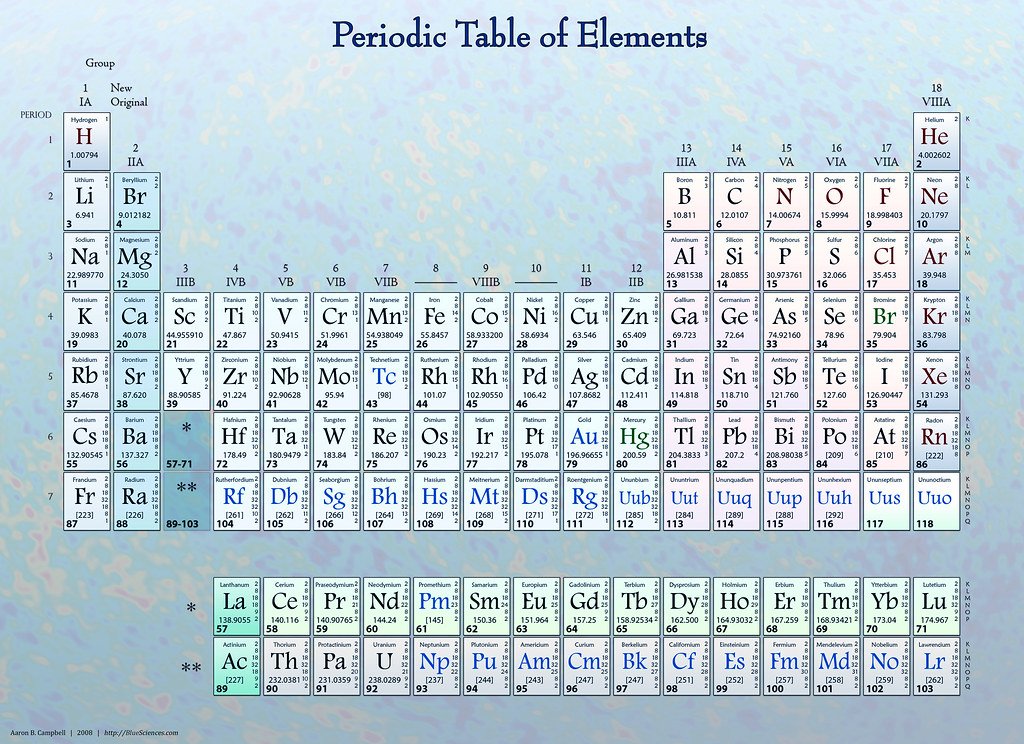
Dmitri Mendeleev had been struggling for years to organize the chemical elements into a logical system when the solution came to him in a dream in 1869. The Russian chemist had been working tirelessly, arranging and rearranging element cards on his desk, trying to find a pattern that would make sense of the known elements.
After three days of continuous work, Mendeleev fell asleep at his desk and dreamed of a table where all the elements fell into place perfectly. When he woke up, he wrote down what he remembered from his dream, and only one correction was needed. His periodic table not only organized known elements but predicted the existence of elements that hadn’t yet been discovered.
Watson and Crick’s Double Helix Breakthrough
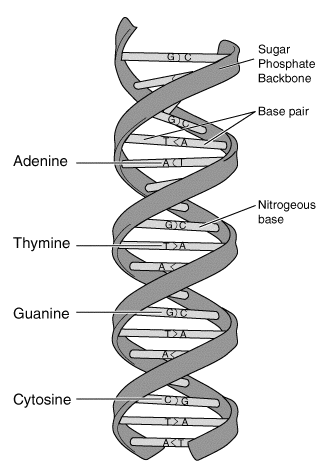
The discovery of DNA’s structure in 1953 was a race between several scientific teams, but James Watson and Francis Crick’s eureka moment came when they realized DNA must have a double helix structure. The key insight arrived when Watson was playing with cardboard models of the chemical bases that make up DNA.
Watson discovered that adenine paired perfectly with thymine, and guanine with cytosine, creating the rungs of the DNA ladder. This complementary base pairing explained how DNA could replicate itself and store genetic information. Their model, built from metal rods and plates, revealed the elegant structure that carries the blueprint of all life on Earth.
Kekulé’s Benzene Ring Vision

August Kekulé’s discovery of benzene’s ring structure came to him in a vivid daydream in 1865. The German chemist had been puzzling over the structure of benzene, a compound that seemed to break the rules of chemistry as understood at the time.
While dozing by his fireplace, Kekulé dreamed of a snake seizing its own tail, forming a perfect circle. This ouroboros vision inspired him to propose that benzene molecules formed a ring structure, with carbon atoms arranged in a hexagonal pattern. This breakthrough launched the field of organic chemistry and led to the development of countless medicines, dyes, and materials we use today.
Röntgen’s Accidental X-Ray Discovery
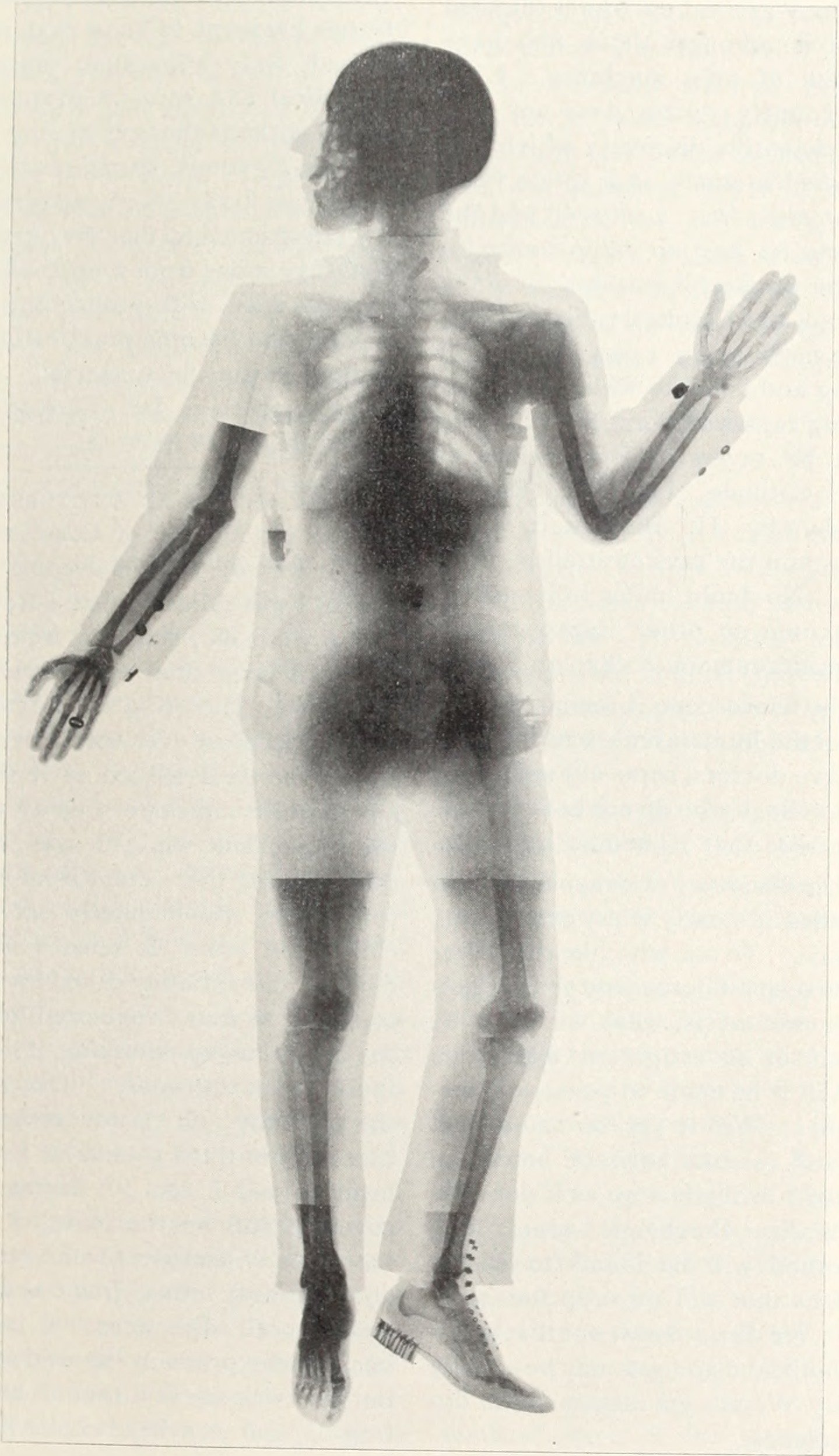
Wilhelm Röntgen’s discovery of X-rays in 1895 was completely accidental, happening while he was experimenting with cathode rays in his laboratory. The German physicist noticed that a fluorescent screen across the room was glowing, even though his cathode ray tube was completely covered with black cardboard.
Röntgen realized he had discovered a new type of ray that could pass through solid objects. He tested this mysterious radiation on various materials and was amazed to find it could pass through his wife’s hand, revealing her bones and wedding ring on a photographic plate. Within weeks of his discovery, X-rays were being used in hospitals worldwide to see inside the human body without surgery.
Galileo’s Telescope Turns Skyward
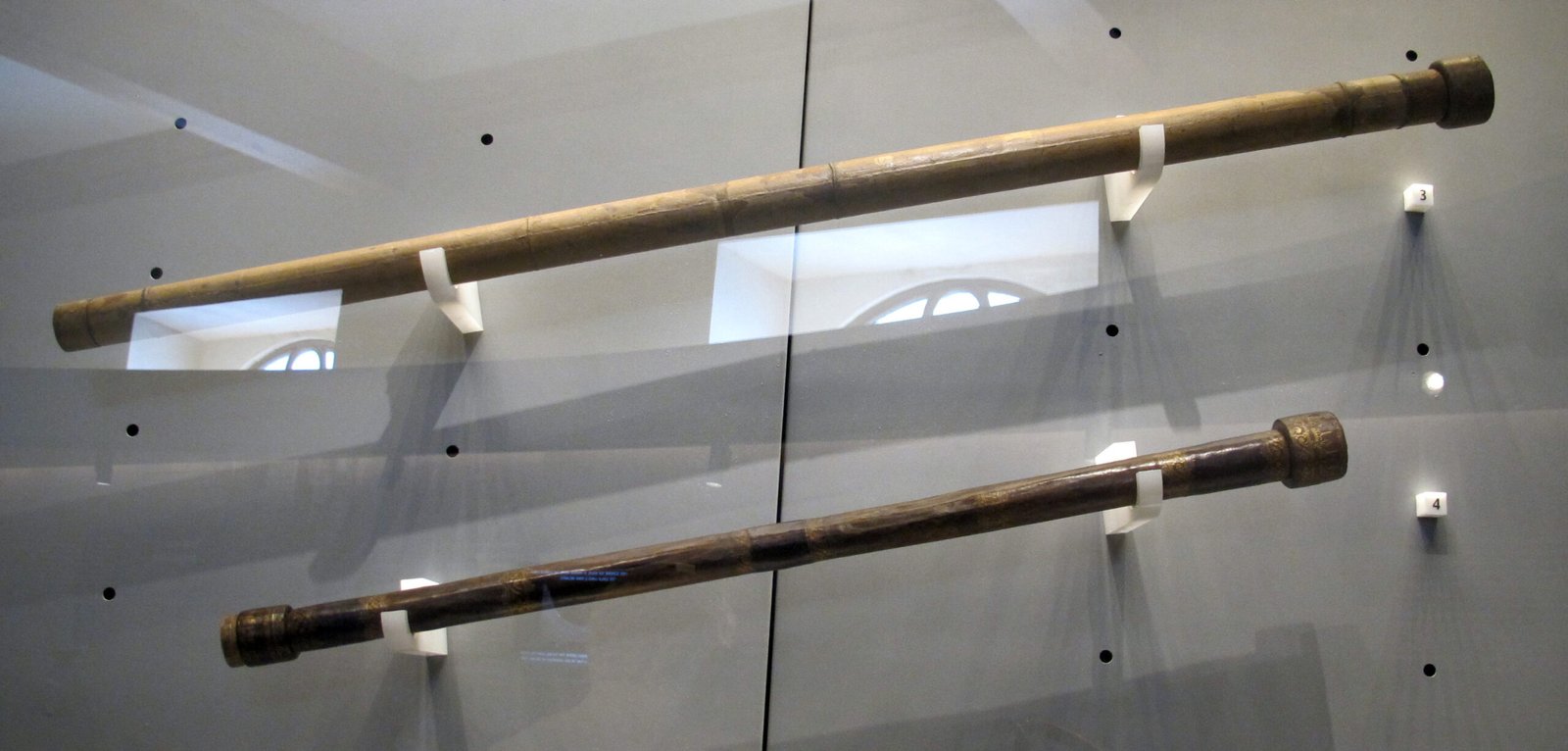
Galileo Galilei’s eureka moment came in 1609 when he heard about a new invention called a telescope and immediately grasped its potential for astronomy. Rather than using it for naval or military purposes as others had done, Galileo turned his improved telescope toward the night sky and saw wonders no human had ever witnessed.
Through his telescope, Galileo observed the cratered surface of the Moon, discovered four moons orbiting Jupiter, and saw that Venus went through phases like Earth’s Moon. These observations provided crucial evidence for the heliocentric model of the solar system, fundamentally changing humanity’s understanding of our place in the universe and challenging the religious authorities of his time.
Einstein’s Relativity Revelation

Albert Einstein’s theory of special relativity emerged from a thought experiment he had been considering since he was 16 years old. He wondered what would happen if you could travel alongside a beam of light at the speed of light itself—would the light appear to stand still?
Einstein’s eureka moment came when he realized that the speed of light must be constant for all observers, regardless of their own motion. This seemingly simple insight led to his revolutionary conclusion that time and space are not absolute but relative to the observer’s motion. His famous equation E=mc² revealed that mass and energy are interchangeable, fundamentally changing physics and making both nuclear power and nuclear weapons possible.
Curie’s Glowing Discovery

Marie Curie’s discovery of radioactivity began with her curiosity about the mysterious rays emitted by uranium, which had been recently discovered by Henri Becquerel. Working in a converted shed with her husband Pierre, Curie noticed that the intensity of radiation was proportional to the amount of uranium present, suggesting the rays were an atomic property.
Her eureka moment came when she discovered that pitchblende, a uranium ore, was more radioactive than pure uranium itself. This meant the ore contained unknown elements that were even more radioactive than uranium. Through painstaking work, she isolated two new elements: polonium and radium. Her discoveries opened the door to nuclear physics and medical applications of radioactivity.
Wegener’s Continental Drift Insight

Alfred Wegener’s theory of continental drift struck him like lightning in 1910 when he noticed how perfectly the coastlines of South America and Africa seemed to fit together like puzzle pieces. The German meteorologist had been studying a world map when this visual connection sparked his imagination.
Wegener began collecting evidence that the continents had once been joined together in a supercontinent he called Pangaea. He found identical fossils and rock formations on opposite sides of the Atlantic Ocean, as well as evidence of ancient glaciers in now-tropical regions. Though initially rejected by the scientific community, his theory later evolved into the modern understanding of plate tectonics.
Pasteur’s Chirality Breakthrough

Louis Pasteur’s discovery of molecular chirality happened in 1848 when he was studying tartaric acid crystals under a microscope. The young French chemist noticed that the crystals came in two distinct forms that were mirror images of each other, like left and right hands.
Using tweezers and incredible patience, Pasteur separated the two types of crystals and found that solutions of each type rotated polarized light in opposite directions. This discovery revealed that molecules could have “handedness,” a property crucial to understanding how life works at the molecular level. His insight laid the foundation for stereochemistry and helped explain why certain molecules can have dramatically different effects in living organisms.
Watson’s Behavioral Conditioning Discovery
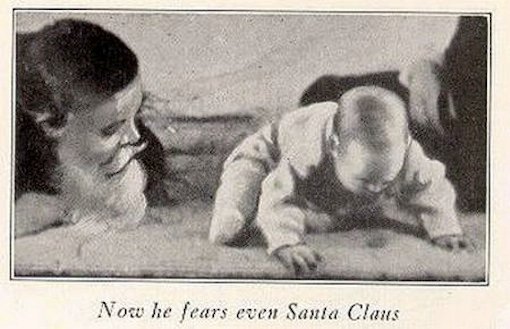
John B. Watson’s eureka moment in behaviorism came when he realized that psychology could become a true science by focusing only on observable behaviors rather than internal mental states. His famous “Little Albert” experiment in 1920 demonstrated that human emotions and behaviors could be conditioned through systematic training.
Watson showed that a baby who initially showed no fear of a white rat could be conditioned to fear it by pairing the rat’s appearance with a loud, frightening noise. This breakthrough revealed that much of human behavior might be learned rather than instinctive, revolutionizing fields from education to advertising and establishing the foundation for modern behavioral psychology.
Jenner’s Smallpox Vaccination Breakthrough

Edward Jenner’s discovery of vaccination emerged from his observation of milkmaids who seemed immune to smallpox, one of history’s most deadly diseases. The English physician noticed that women who had contracted cowpox from handling cattle rarely developed smallpox, even during epidemics.
In 1796, Jenner tested his theory by deliberately infecting eight-year-old James Phipps with cowpox, then later exposing him to smallpox. When the boy remained healthy, Jenner realized he had discovered a way to prevent disease by using a related but harmless infection. This breakthrough launched the science of immunology and eventually led to the complete eradication of smallpox worldwide.
Volta’s Electric Inspiration
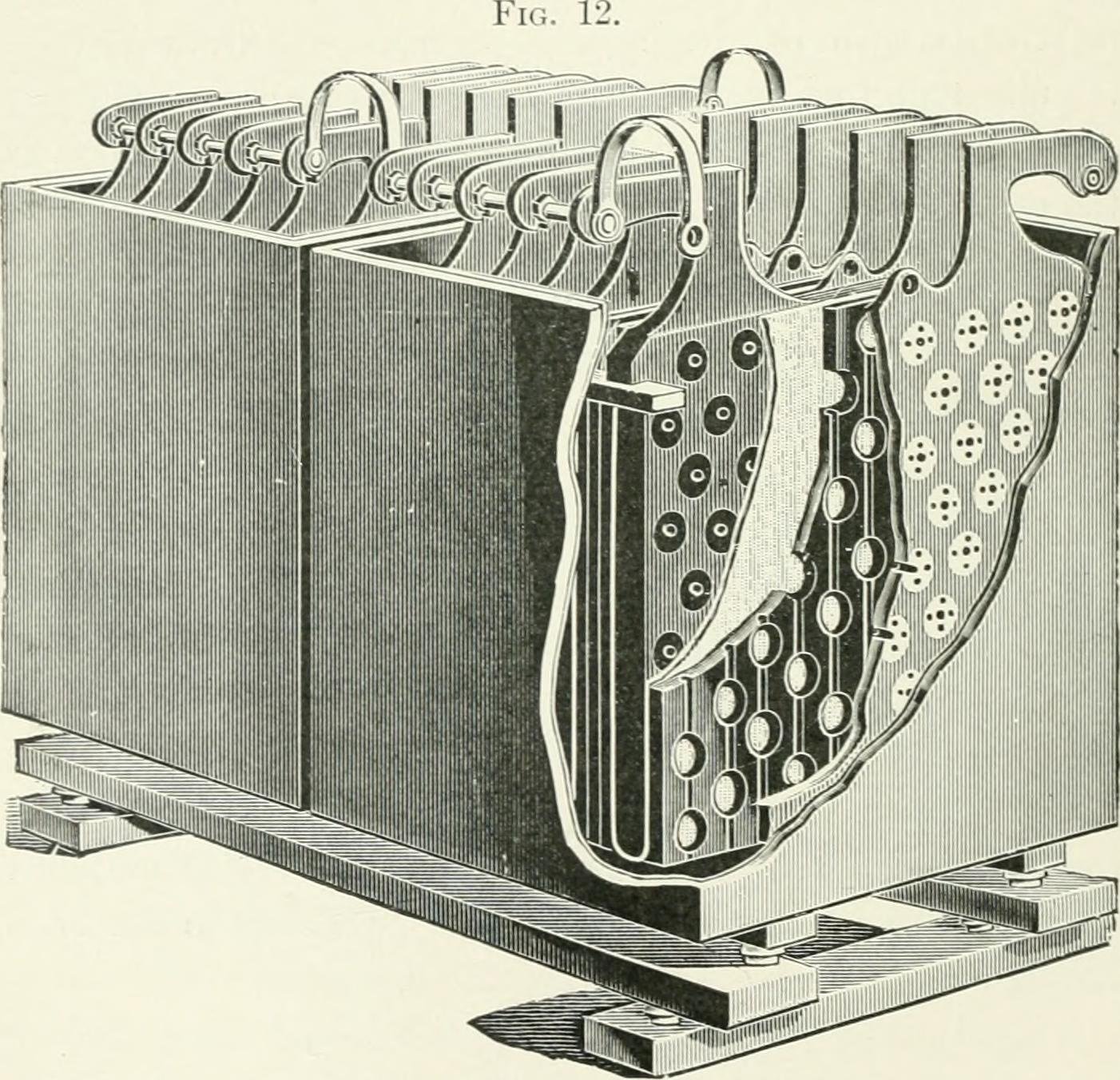
Alessandro Volta’s invention of the electric battery was inspired by his investigation of Luigi Galvani’s experiments with “animal electricity.” Galvani had noticed that frog legs twitched when touched with different metals, believing the electricity came from the animal tissue itself.
Volta’s eureka moment came when he realized the electricity was actually generated by the chemical reaction between different metals and the moist tissue. He created the first battery by stacking alternating discs of copper and zinc separated by cloth soaked in saltwater. This “voltaic pile” provided the first reliable source of electric current, opening the door to countless electrical innovations that power our modern world.
Lovelace’s Computer Programming Vision
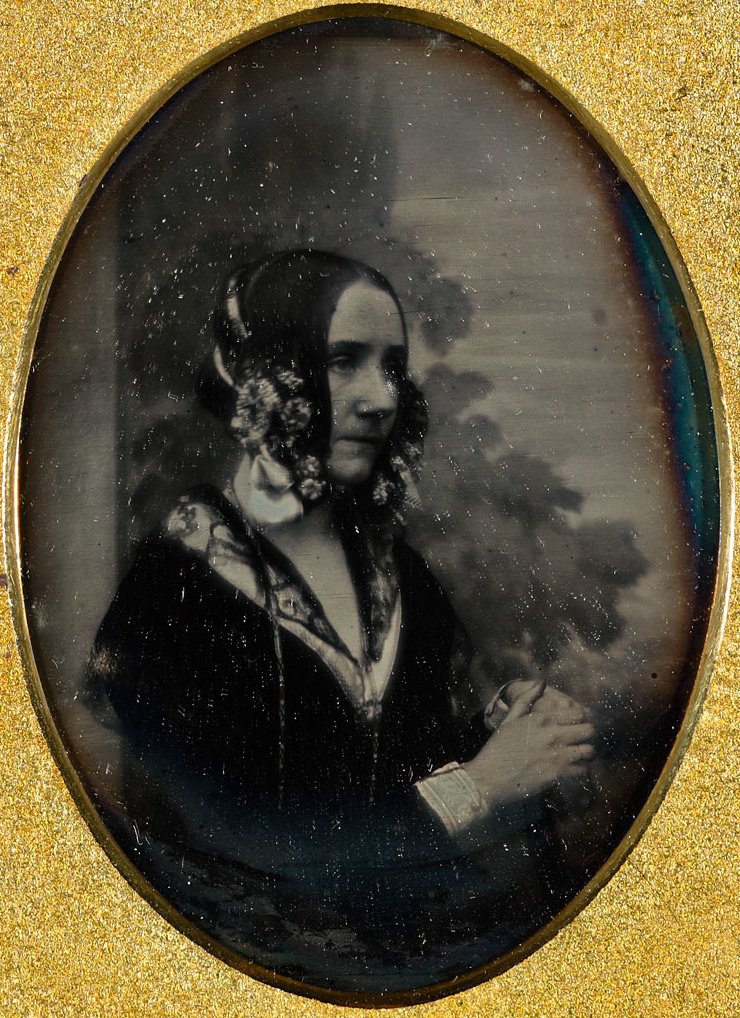
Ada Lovelace’s revolutionary insight came when she realized that Charles Babbage’s Analytical Engine could do more than just mathematical calculations. While working on what would become the first computer program in 1843, she envisioned that the machine could manipulate symbols and create music, art, and poetry.
Lovelace wrote the first algorithm intended for processing by a machine, essentially creating the first computer program. Her notes described how the Analytical Engine could be programmed to perform different tasks, and she famously predicted that such machines might compose music and create art. Her vision of general-purpose computing was more than a century ahead of its time.
Heisenberg’s Uncertainty Principle Revelation

Werner Heisenberg’s uncertainty principle emerged from his realization that the act of measuring a particle’s position inevitably disturbs its momentum, and vice versa. The German physicist was working with quantum mechanics equations when he discovered this fundamental limit to what we can know about the quantum world.
Heisenberg’s eureka moment came when he understood that uncertainty wasn’t just a limitation of our measuring instruments, but a fundamental property of reality at the quantum level. His principle revealed that the universe at its smallest scales operates according to probability rather than certainty, challenging our basic assumptions about the nature of reality and helping establish quantum mechanics as the foundation of modern physics.
The Legacy of Lightning-Strike Insights

These eureka moments share common threads that reveal the nature of scientific discovery. Many breakthroughs happened when curious minds noticed something others had overlooked, asked different questions, or saw familiar things from new perspectives. The ability to connect seemingly unrelated observations often sparked the most revolutionary insights.
What’s remarkable is how these individual moments of clarity rippled outward to transform entire fields of human knowledge. From Newton’s apple to Fleming’s moldy dish, accidental discoveries often proved as valuable as planned experiments. The willingness to pursue unexpected observations, even when they contradicted established beliefs, separated true innovators from their contemporaries.
These stories remind us that breakthrough moments can happen anywhere—in dreams, during walks, or while taking a bath. The key is maintaining curiosity, questioning assumptions, and remaining open to possibilities that might seem impossible. In our age of rapid technological advancement, the next world-changing eureka moment might be just around the corner, waiting for someone with the vision to recognize its significance.
What breakthrough will change your world next?




